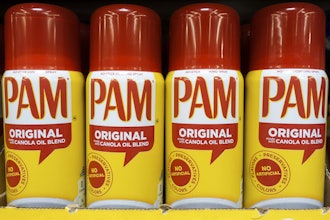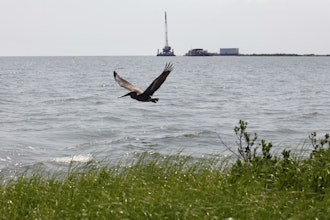The state Public Utilities Commission has rejected a plan by Hawaiian Electric Co. to buy 16 million gallons per year of biofuel produced on the Big Island because of concerns about high costs to ratepayers.
Earlier this year, HECO and renewable energy company Aina Koa Pono announced the agreement for crops grown on the Big Island to be converted into liquid fuel. The deal was part of the state's initiative to get 40 percent of its energy from renewable sources by 2030.
But the commissioners estimated the difference between the cost of the biofuel and the petroleum-based fuel it was intended to replace would have customers paying at least $100 million more over the 20-year contract, the Honolulu Star-Advertiser (http://bit.ly/p45ha5) reported Friday.
The contract price for the biofuel is "excessive, not cost-effective, and thus is unreasonable and inconsistent with the public interest," the commission wrote in the unanimous 74-page ruling.
A HECO spokesman said Friday the company is disappointed by the decision.
"We are committed to providing a clear market for local biofuels to help landowners and biofuel providers here bridge the difficult and costly startup of production," said spokesman Peter Rosegg. "We have worked and continue to work with potential local biofuel providers to do this in the most cost-effective way possible. We will redouble our efforts to reach this very important goal."
The plan involved spreading the costs between ratepayers on the Big Island and Oahu. The plan was to have the biofuel initially burned at a power plant in Kona operated by Hawaiian Electric Light Co., a HECO subsidiary. The fuel would have been shipped by barge to Oahu where it be burned in HECO plants.
___
Information from: Honolulu Star-Advertiser, http://www.staradvertiser.com






















